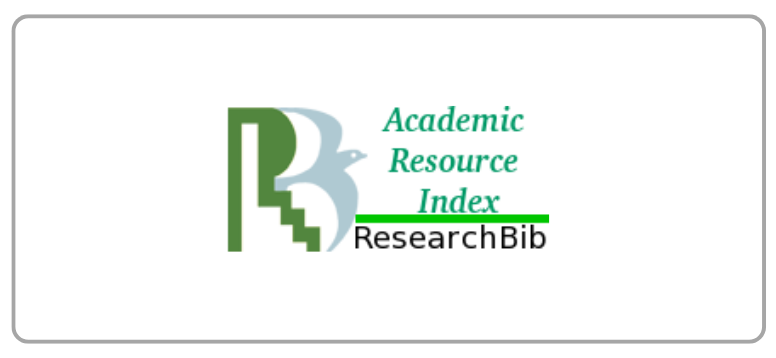Pola Aktivitas Ibu Rumah Tangga Terhadap Pemanfaatan Ruang Terbuka di Rumah Susun
DOI:
https://doi.org/10.21512/comtech.v2i2.2964Keywords:
housewives, flats, open spaces, interactionAbstract
In flat environments, housewives are most found staying throughout the day. They use existing open spaces in housing project to interact with other residents. To find out, discover and analyze the correlation between the pattern of open space utilization and the pattern of activity of housewives at flats, this research was conducted using descriptive analysis method bases on case studies on some flats in urban areas, namely Kebon Kacang Flat (KK), Kemayoran Flat (K), Taman Surya Flat (TS) and Pasar Jumat Flat (PJ). Subjects were housewives (residents of the flats); sampling is taken by stratified random sampling. The survey was conducted by interview to obtain data on activity patterns of the mother. Subsequently, observation was conducted to get an overview of the activity patterns of mothers and use of open space including non-physical and physical data of these open spaces. The implementation was done in three stages: preparation (literature study and data collection by remote sensing), interpretation, field test and re-interpretation (width, location, quality of open spaces and activities, professions of women at these locations), and result presentation.
Â
Plum Analytics
References
Miles, M., Hall, T., & Borden, I. (2000). The City Cultures Readers. London: Routledge.
RI. (2011). Undang-Undang Republik Indonesia Nomor 20 Tahun 2011 tentang Rumah Susun. Jakarta: Sekertariat Negara.
Supriyatno, Budi. (2009). Manajemen Tata Ruang. Jakarta: Media Brilian.
Downloads
Published
How to Cite
Issue
Section
License
Authors who publish with this journal agree to the following terms:
a. Authors retain copyright and grant the journal right of first publication with the work simultaneously licensed under a Creative Commons Attribution License - Share Alike that allows others to share the work with an acknowledgment of the work's authorship and initial publication in this journal.
b. Authors are able to enter into separate, additional contractual arrangements for the non-exclusive distribution of the journal's published version of the work (e.g., post it to an institutional repository or publish it in a book), with an acknowledgment of its initial publication in this journal.
c. Authors are permitted and encouraged to post their work online (e.g., in institutional repositories or on their website) prior to and during the submission process, as it can lead to productive exchanges, as well as earlier and greater citation of published work.
 USER RIGHTS
 All articles published Open Access will be immediately and permanently free for everyone to read and download. We are continuously working with our author communities to select the best choice of license options, currently being defined for this journal as follows:


























